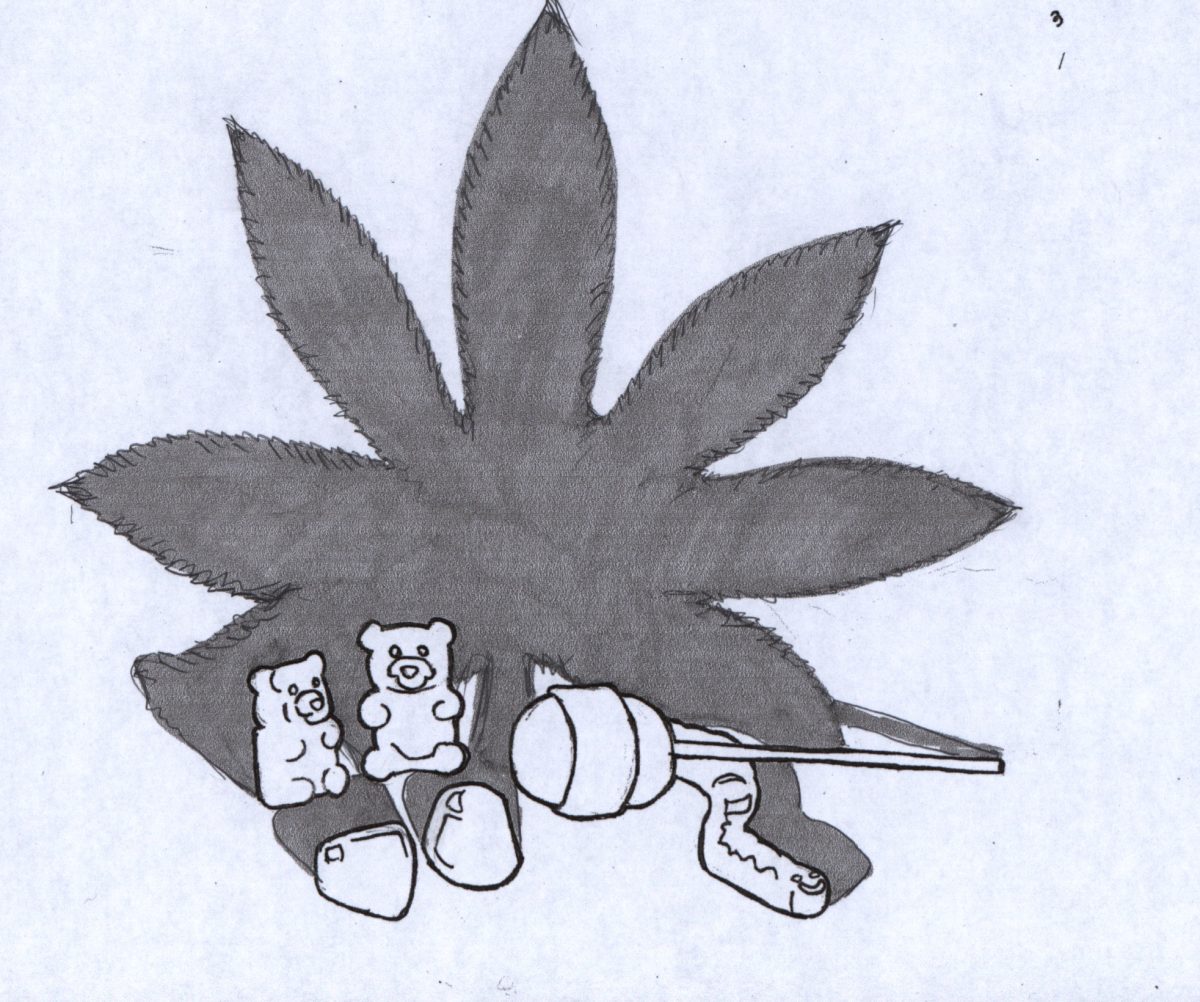It’s in songs, movies, and all the cool kids are doing it. Marijuana legalization regulations are ever-evolving, changing to adhere to scientific studies and the needs of the people. One of the most controversial changes is the legalization of recreational marijuana, also known as weed. Take a walk in the park, cross the grocery store parking lot, wait at the bus stop, or even pass by groups of students hanging out and you will catch a whiff. It’s become a normalized smell that comes from smoking this newly legalized drug.
Many youth these days don’t even consider weed a ‘real’ drug. The legalization of marijuana has desensitized teens to the point where they are not even aware of the detrimental effects of the drug. For many students, it is now considered as harmless as hippies considered it in the 60s. Because there is documented medicinal use for marijuana the dangers are perceived to be minimal. Use is very popular for the weightless high it gives, but is a few minutes with your head in the clouds worth the cost of a lifetime battle with worse substances?
There are now stores selling this drug in varying forms. It comes in the form of edibles, THC infused foods, such as brownies and gummies, and has a new aesthetic that appeals to the current generation of both adults and teens, a misleading appearance that makes it seem also like THC is for nutritional purposes. Flavors like bubble gum and cotton candy also appeal to youthful users.
Students have become so unbothered by marijuana use that this use often leads to harder drugs. Several anonymous Curtis students have even admitted to having tried other drugs after trying marijuana.
The National Institute on Drug Abuse even refers to marijuana as a ‘gateway drug’, meaning people who use it are very likely to move to become addicted to harsher and illicit substances. The National Epidemiological Study of Alcohol Use and Related Disorders found that people who do weed have been proved to develop an alcohol addiction.



